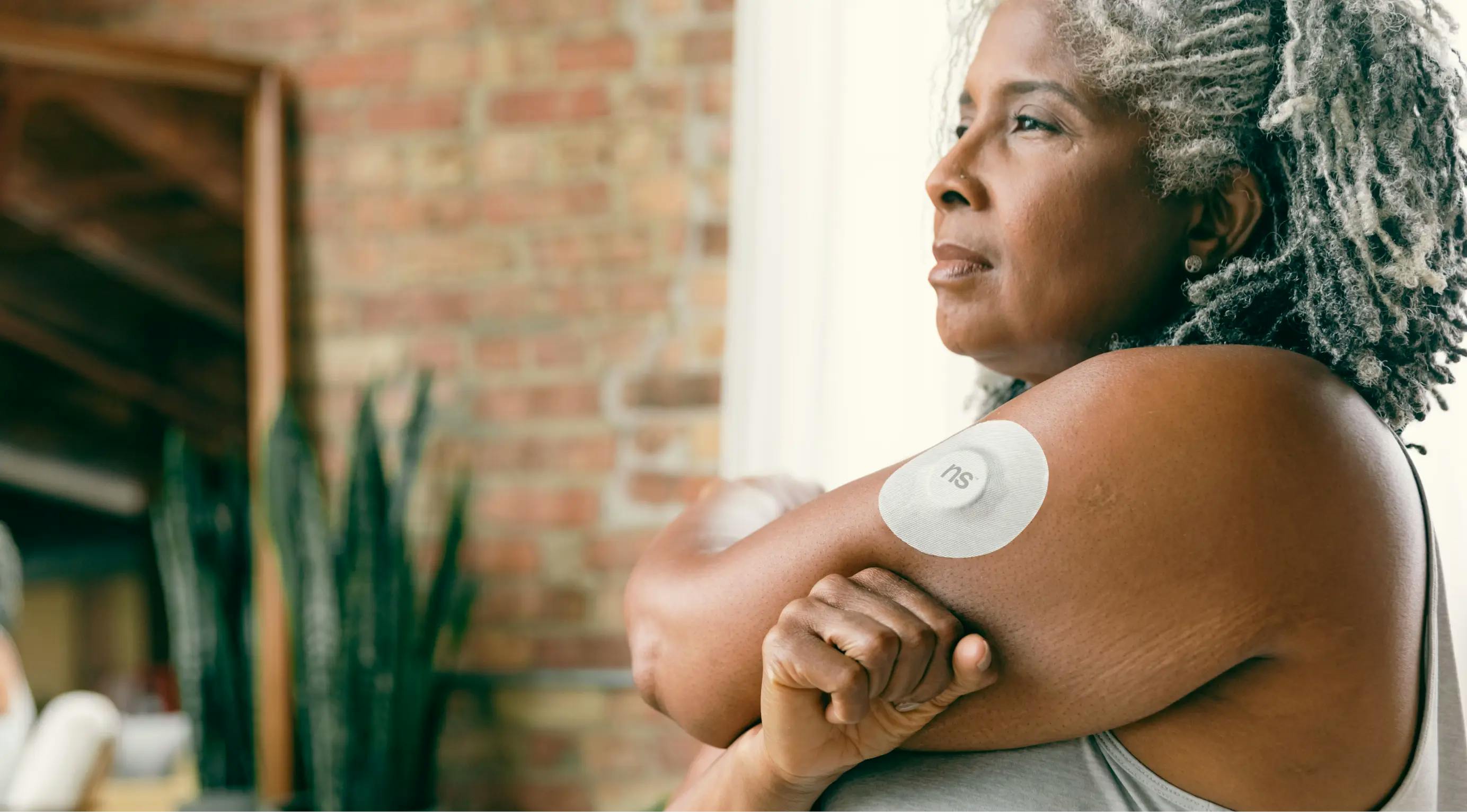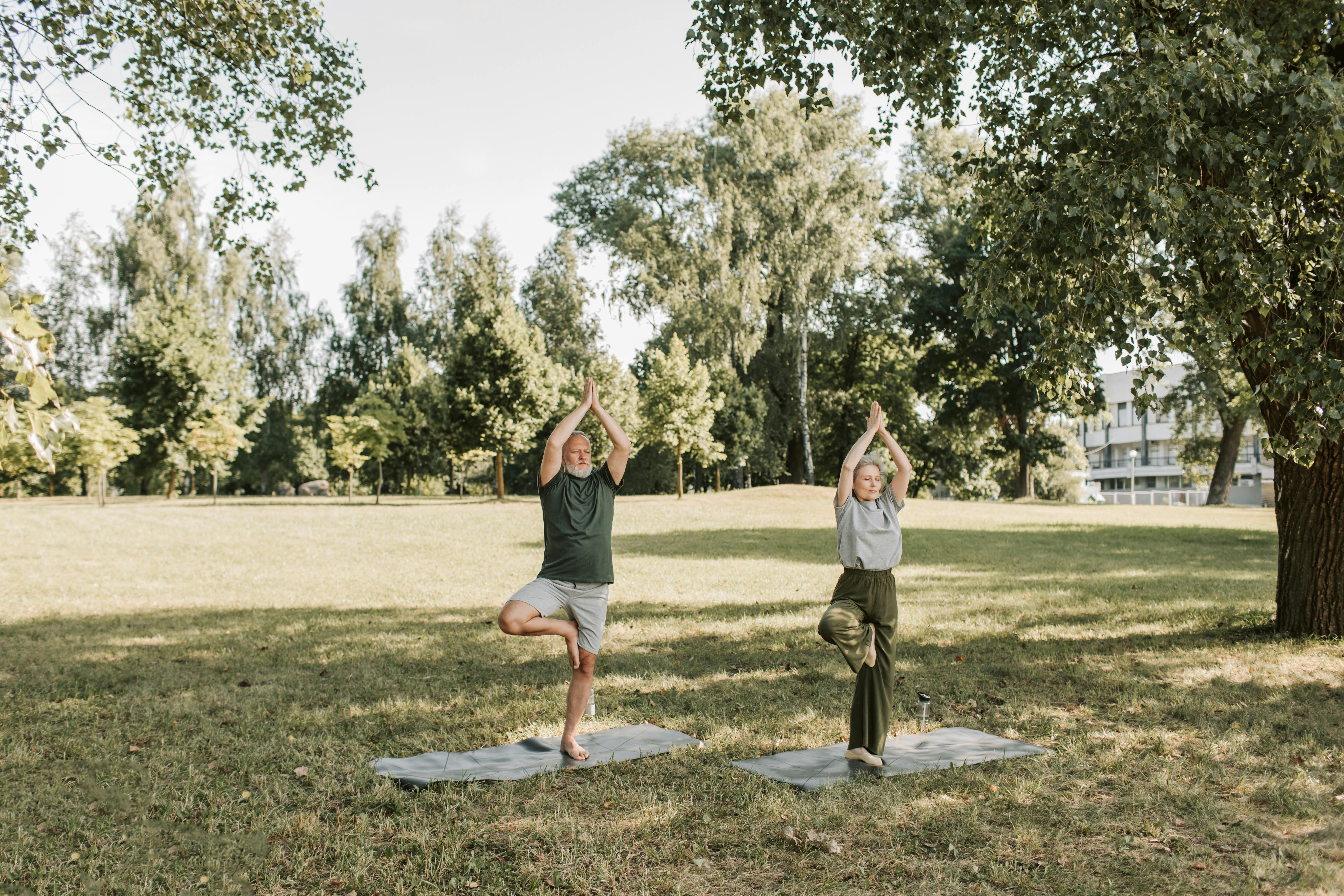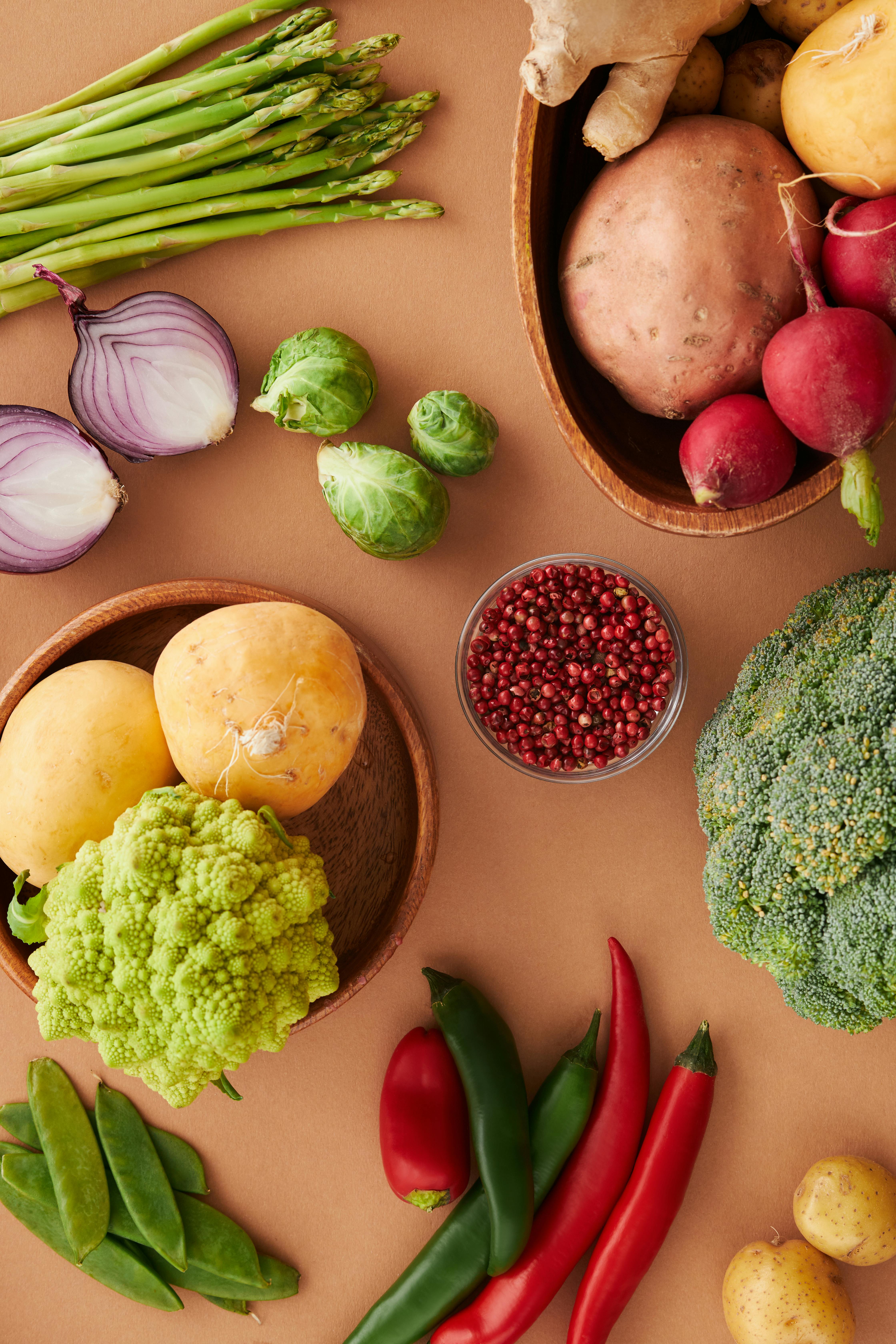What I learned while wearing a CGM as a non-diabetic
Our co-founder and CEO describes her experience with a CGM.

A primary care membership for patients who want more. Primary Care. Nutrition. Wellness. All under one roof.
What is a CGM
While originally intended for diabetic patients to track spikes in blood sugar, continuous glucose monitoring (CGM) has proven to be one of the most impactful forms of biometric monitoring. It is a small device typically that you apply on your own to the upper fatty part of your arm. Based on the hardware that you are prescribed (Libre or Dexacom) you would download their app to continuously track your glucose levels throughout the day and night.
Here’s why I personally did it
As a young breast cancer survivor, I try to do what I can to reduce my risk of cancer and any other disease. Among the 4 Horsemen, as Peter Attia refers to the leading causes of mortality, metabolic disorder increases your chances of developing the three other types of diseases (i.e. cancer, neurodegenerative diseases and atherosclerotic disease). Our genetics of course play a role in all of this, but there is a lot we can do to optimize our metabolic health. Observing your levels using a CGM is the best way to get started. I am someone who is generally nutrition-conscious. Most of my plates consist of vegetables and I generally avoid grains. But as an optimizer, I wanted to see what else I could tweak to maximize my metabolic health. Maybe there are things that we consider healthy that are uniquely causing my blood sugar to spike. My goal was to gain a more personalized understanding of how my body reacts to various foods and how I can incorporate lifestyle hacks to decrease spikes as much as possible. From a more quantifiable perspective, my goal was to decrease variability of glucose spikes to +- 30 units, with an average of 100 mg/dL.
My unexpected insights (note that when I say spike, it implies a peak over 150 mg/dL)
- Thai restaurants add a ton of sugar to their curries. Even if I avoid the rice and the noodles, my glucose still spiked above 150
- Lentils, quinoa and chickpeas all spike me, while they are considered healthy, fiber-filled carbs
- Brown rice and white rice spike me to the same extent
- My sugar spikes less after sushi if I start with sashimi
- Berries don’t spike me at all
- My blood sugar spiked significantly more when I drank alcohol the night before, regardless of the type of alcohol (tequila vs. wine) or how much I drank
- If I don't eat a grain with dinner, my glucose level dips under 55 at different points throughout the night, but this does not affect my sleep
Hacks recommended by our Wellness Advisors that actually worked:
- Going on a short walk immediately after a meal decreases my blood sugar spike after an otherwise spikey meal
- When I add more protein and fat (i.e. eggs) to lentils, chickpeas, or quinoa, and aim to start with the protein and fat before the carbs, the spike is significantly blunted
- Gluco Bitters help blunt a potential spike when taken right before a meal

If you're curious to learn more about The Lanby, book a free consult call and we'll chat about how The Lanby can be your personalized long term health and wellness partner.

Kendall is a graduate of the University of Mississippi, with a B.A. in Integrated Marketing Communications and a minor in Business Administration. She received her certificate of Nutrition Science from the Friedman School of Nutrition at Tufts University.

Chloe holds a bioengineering degree from the University of Pennsylvania. As a breast cancer survivor, her insights shape The Lanby's patient-centric approach. Leveraging her healthcare strategy background, Chloe pioneers concierge medicine, bridging gaps in primary care.

Tandice was recognized with the Health Law Award and named a Ruth Bader Ginsburg Scholar at Columbia Law School. Tandice's editorial role is enriched by her insights into patient autonomy and gene modification legalities. Passionate about bioethics, she is committed to crafting patient-centric healthcare solutions.





